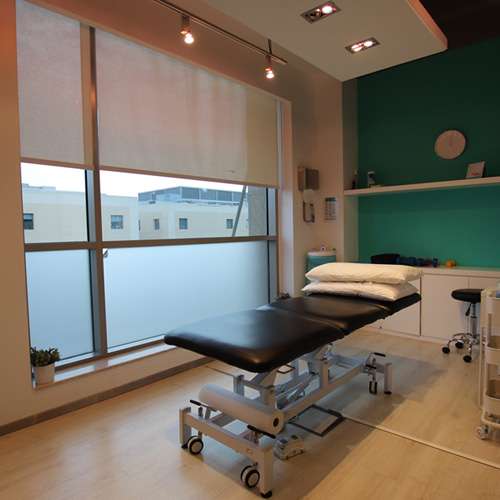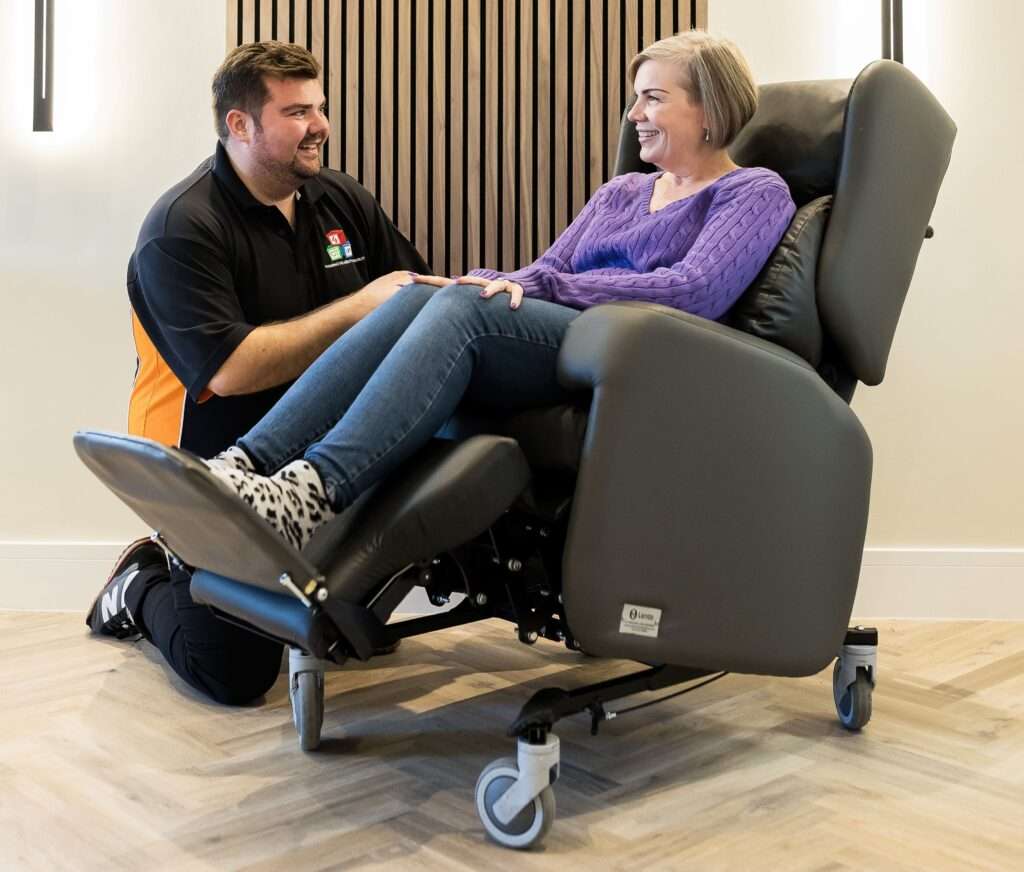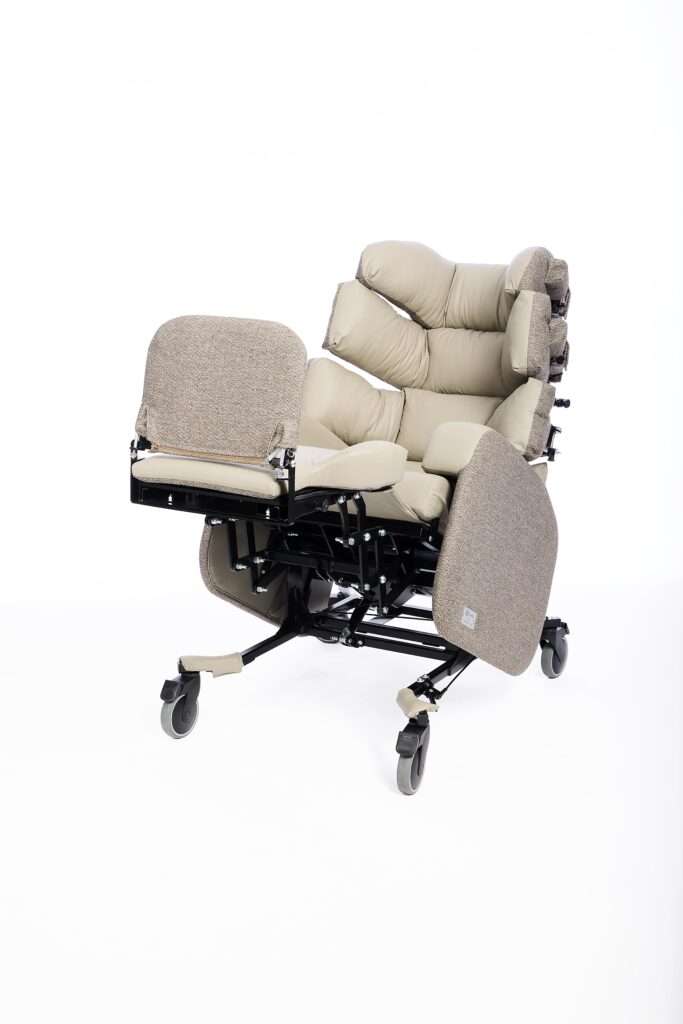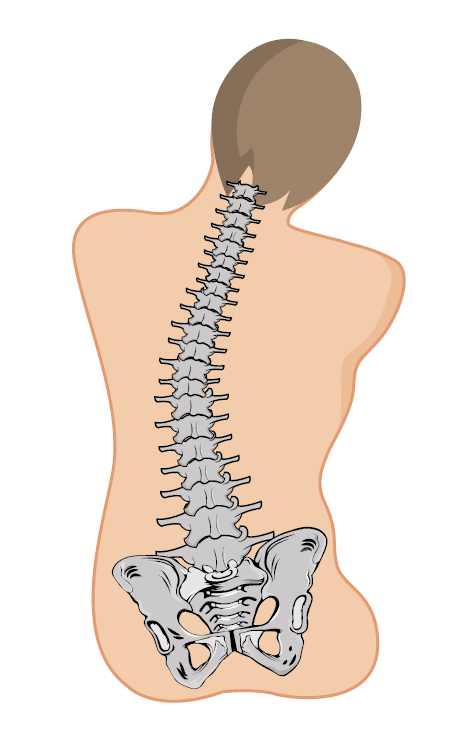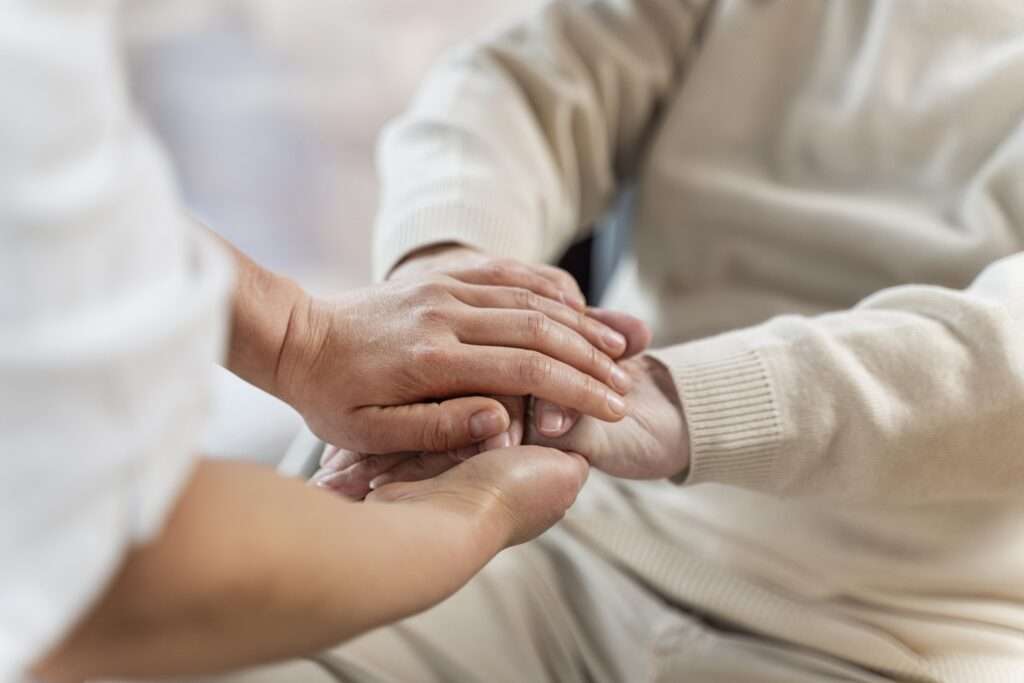Knee replacements can be needed due to severe arthritis, or a breakdown of cartilage in the knee joint, which can cause severe pain. These problems can make carrying out everyday tasks such as cleaning and driving very difficult, and are most common in people over 60.
Regaining mobility and exercising the new knee joint as soon as possible after surgery is crucial to ensure a successful recovery. This article looks at the correct sitting positions and techniques that should be observed to aid a speedy recovery.
Jump straight to…
Having a Knee Operation
A knee replacement can be full (total) or partial. A partial replacement will have a quicker recovery time (at least a couple of months), whereas a full replacement will take longer to return to pre-operation levels of activity e.g. driving or working.
During knee replacement surgery, the old bone and cartilage is removed, replaced with a metal prosthesis and reattached to the bone which usually takes a couple of hours. The pain and stiffness experienced after the operation is worked through over a process of several weeks with rehabilitation and therapy.
Recovery from a knee replacement can take several months, so it is worth investing in the right seating and mobility aids and to make your path to recovery as smooth as possible.
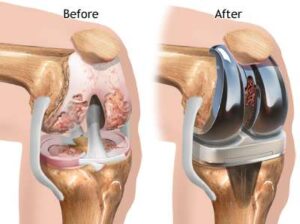
Before and after knee replacement surgery
Good Seating Practices After a Knee Replacement
A therapist can help you find the best sitting techniques, but as a general rule of thumb use a firm chair with a straight back and armrests. Avoid chairs that are too low – chairs with height adjustment can help you find the right position so you don’t put strain on the knees or thighs.
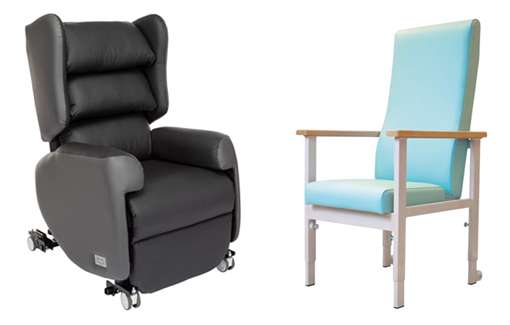
Recliner chair and High Backed Chair
Find A Chair To Suit Your Needs
Best Sitting Position After Knee Replacement
When recovering from a knee replacement, try not to stay sitting in the same position for more than 45-60 minutes at a time, as prolonged sitting can increase the risk of a blood clot.
Extended sitting can also lead to a build up of fluid and oedema. If sitting for longer than 45mins, elevate the leg to minimise swelling.
First 48 hours after surgery:
The initial 48 hours after surgery is the most critical period for observing the correct sitting posture and techniques. Comfort is paramount during this period, and being able to recline and elevate the legs can help reduce the risk of any swelling post-surgery. The full length of the leg should be supported for the best chances of rest and recovery.
Using a riser recliner chair is ideal for the early recovery period, when it is crucial to start moving the new joint. Physiotherapy and the electric functions in the chair can help with regaining function in the knee joint.
Other positioning recommendations immediately after surgery:
- Leg elevation can reduce swelling and improve blood circulation
- Don’t cross legs or ankles, and keep knees and ankles straight
- Move ankles and toes every 15 minutes
- Don’t bend knee more than 90 degrees
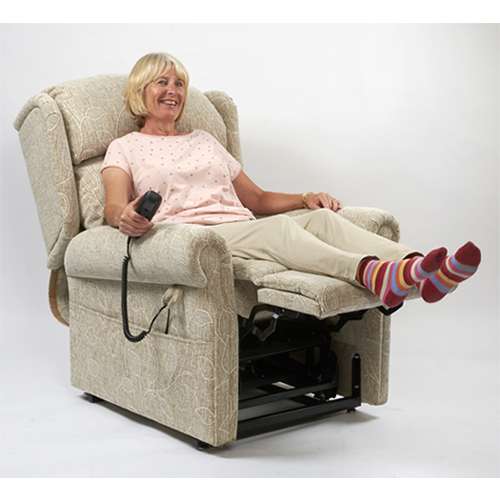
Using legrest elevation in a riser recliner chair
Day 3 to 14:
During the first 2 weeks, it is important to increase the range of motion in the knee to regain function and help ‘run in’ the new joint.
Other seating recommendations for this period include:
- Don’t sit for more than 2 hours at a time
- Use a riser recliner or elevated legrest to lift the leg level above the heart
- Ensure the seat height is correct or use a legrest/footrest so feet are resting flat.
2 to 6 weeks after surgery:
In the ensuing weeks, continue to advance the range of motion, and avoid sitting for extended periods.
Read these hints and tips for mistakes to avoid after a knee replacement.
Let's Get You Comfortable After Knee Surgery
Standing Up and Sitting Down in a Chair
When standing up from a chair after a knee replacement, shuffle forward to the front of the seat and use the armrests to push yourself up from the chair, to reduce pressure on the knee joint.
A riser recliner is the perfect solution for standing up out of a chair, gently lifting you to your feet with the rise motion as you support yourself with the armrests.
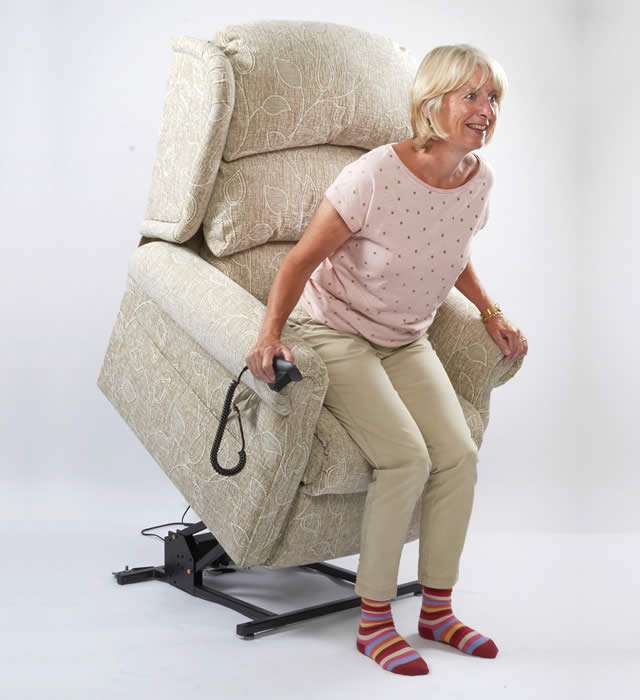
Standing up with a riser recliner chair
When sitting down in a chair, keep a firm grip on the armrests as you lower yourself down. Wooden arms or knuckles on the front of the armrest can help to maintain a steady grip. Using the bigger muscle groups takes the strain away from your knees and quad muscles, watch the video below for a demonstration of how to sit down after a knee replacement.
By using the rise function in reverse, you can use this technique very effectively by pushing your rear back into the chair before you lower yourself down using the handset, letting the chair take your weight through the glutes and thighs.
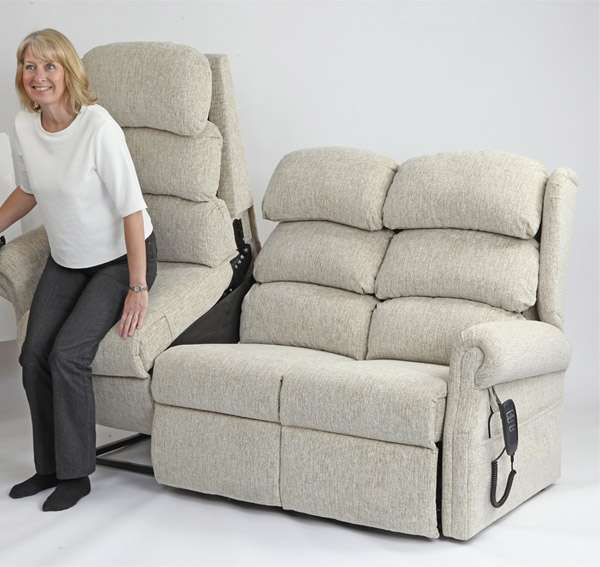
Sitting back down using a riser recliner sofa
Another recommended chair ideal for use on hospital wards following knee surgery is the HiBack Bedside chair, which has an easy height-adjustment mechanism, removable arms and antimicrobial fabric. It is easy to clean with high infection control qualities, making it perfect for acute care environments.
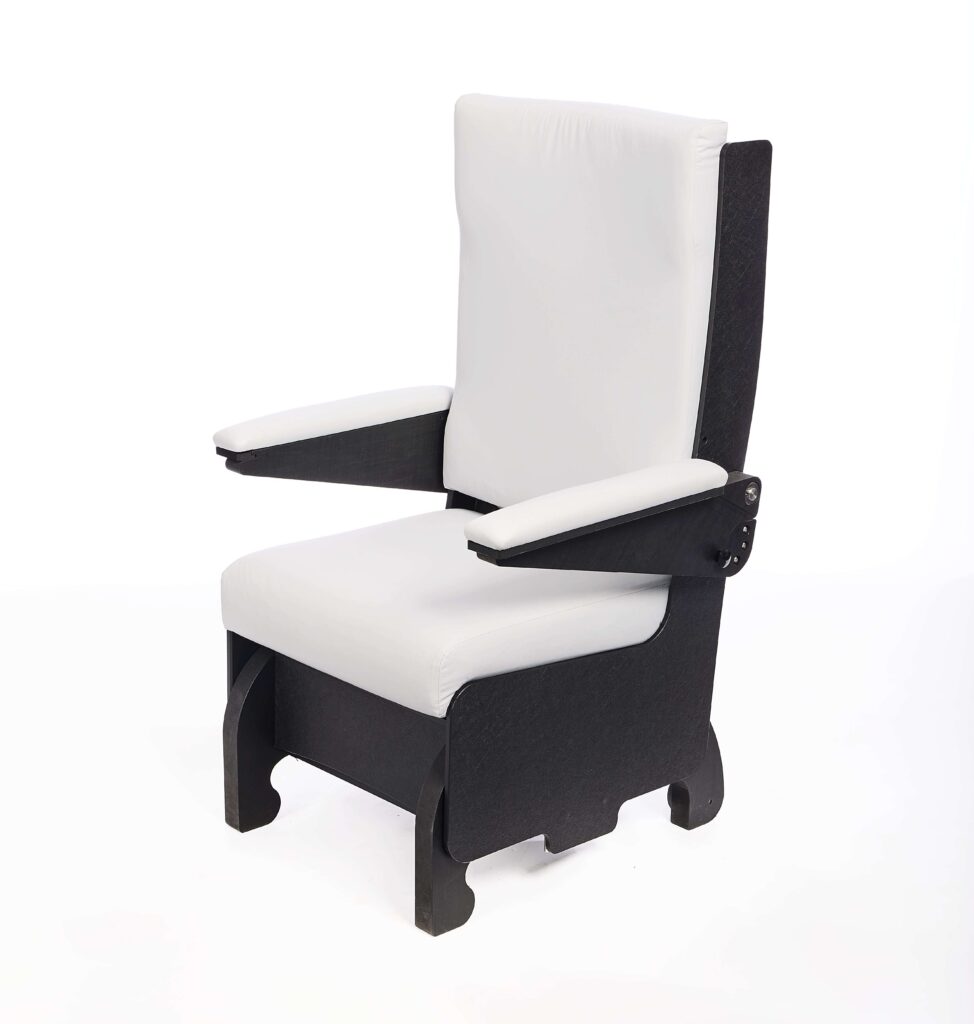
High backed chairs help maintain a good sitting profile so that the knee does not bend more than 90 degrees.
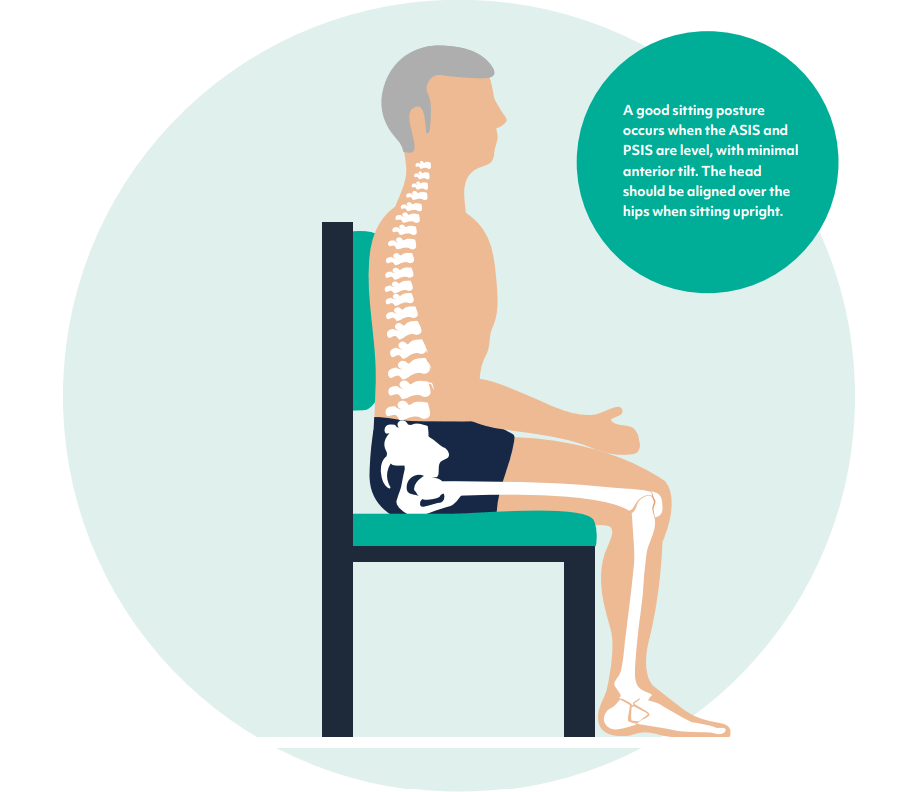
Suitable seating to ensure early mobilisation and full recovery from a knee replacement should focus on the following features:
- Easy height adjustment. Clunky mechanisms will make it difficult to for staff to change the chair to the right height for each patient.
- Supportive. The chair should be firm but with sufficient depth of padding to be comfortable and supportive, with firm armrests and the right back profile to support their head and neck.
- Good neck position. A good neck support such as a headroll on weighted flap reduces strain and helps keep a straight upright profile in the chair.
Need One of These Chairs? We're Here to Help!
Useful Aids to Assist with Knee Replacement Recovery
Long-handled reachers are useful to avoid bending down too much. A non-slip bath mat and shower stool avoids slips and falls in the bathroom, and a walker or trolley might be necessary around the home to give extra stability.
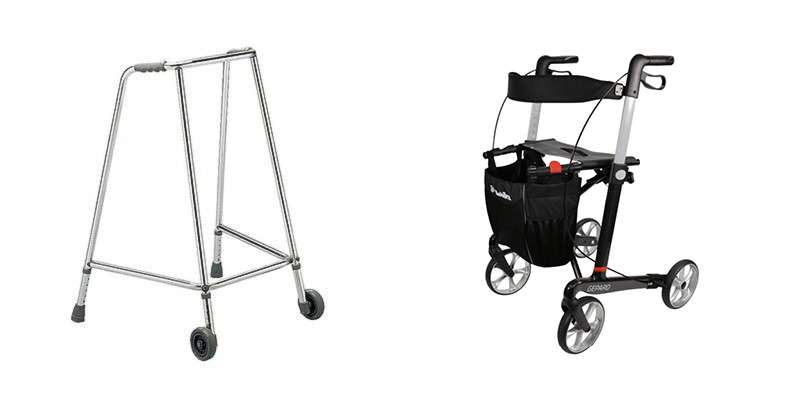
Walking frame and wheeled walker
Rehabilitation Exercises for Knee Replacements
Physiotherapists will want to get patients moving as soon as possible to maximise recovery time and help the body and muscles adapt to the new joint.
Rehabilitation can be assisted by step training devices like the StairTrainer. This standalone step-training device can be adjusted to increase the step height as the patient’s mobility progresses, and has a surround rail and turning platform to keep them safe and secure.
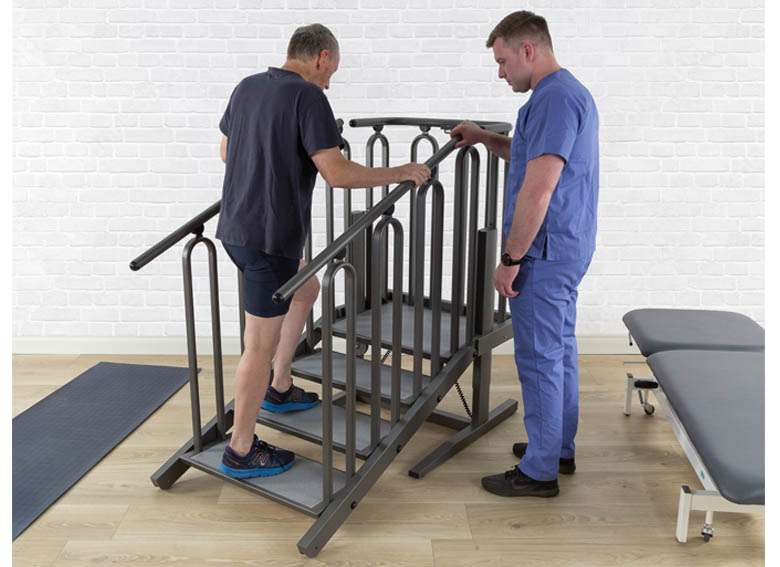
The StairTrainer
Summary
The knee is an intricate joint, and recovery from a partial or full knee replacement will take an extended period of time with guided physiotherapy. The choice of seating is important to support this process and minimise physical strain on the knee area as much as possible throughout the recovery period.
Get Expert Advice on Seating for Knee Replacements
FAQs
What is the best sitting position after knee replacement surgery?
After knee replacement surgery, sit in a firm chair with a straight back and armrests. Keep your knees and ankles straight and avoid sitting for long periods (more than 45-60 minutes). Elevating the leg above the heart can help reduce swelling, especially in the first few days after surgery.
How long should I sit at one time after knee replacement surgery?
It’s recommended not to sit for more than 45-60 minutes at a time during the first few weeks of recovery. Take breaks to stand, walk, and perform leg exercises to prevent stiffness and reduce the risk of blood clots.
Can I sit in a recliner after knee replacement surgery?
Yes, a recliner with a leg rest can be helpful, especially in the first 48 hours after surgery. Elevating the leg while sitting in the recliner can reduce swelling. However, avoid excessive reclining to prevent bending the knee more than 90 degrees.
What type of chair is best after knee replacement surgery?
The best chair is one that is firm with a straight back, armrests, and height adjustment. Avoid low, soft chairs that make it difficult to stand. A riser recliner chair is also ideal, as it helps in standing up and sitting down with minimal pressure on the knee.
How can I stand up from a chair after knee replacement?
To stand up, shuffle to the edge of the chair and use the armrests to push yourself up, keeping your weight evenly distributed. A riser recliner can help lift you gently to a standing position.
Is it normal to have swelling after sitting post-knee surgery?
Yes, swelling is common after knee surgery, especially after prolonged sitting. Elevating your leg and moving your ankles and toes frequently can help reduce swelling. Use compression garments if recommended by your doctor.
Can I cross my legs after knee replacement surgery?
No, you should avoid crossing your legs or ankles after knee replacement surgery, as this can strain the new joint and increase the risk of blood clots.
Start Your Comfort Journey Today





